Elmgreen & Dragset take the plunge at Whitechapel Gallery
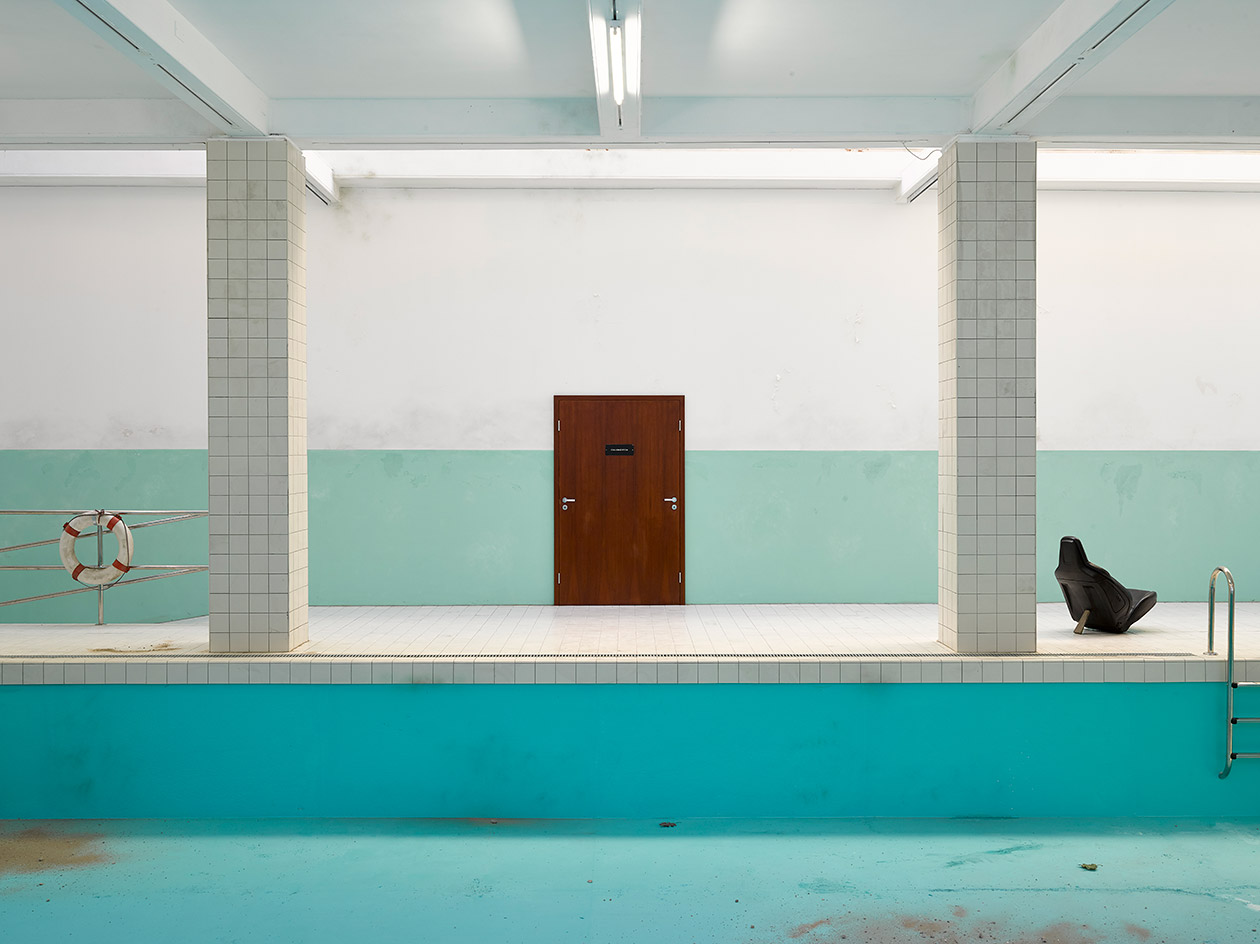
Michael Elmgreen and Ingar Dragset have been disrupting white cube architecture since the 1990s, but their recently unveiled installation at London’s Whitechapel Gallery may be one of their most sagacious transformations yet. The site-specific commission – a ghostly derelict swimming pool in the ground-floor gallery – is a timely monument to the fate of civic spaces in an era of austerity politics.
The art of the con lies in the materiality of the environment: the nostril-tickling perfume of chlorine, a teak changing room door that leads nowhere, the grime-covered municipal tiling, and the peeling mint-green paint that evokes an uncanny sense of nostalgia and queasiness. More fascinating still, is the elaborate narrative that Elmgreen & Dragset have constructed for their audience.
Established in 1901 through social reform, the pool was renovated in the 1950s and used daily by local Aldgate residents until it fell into disrepair during Thatcherism. A plaque by the installation proclaims this is also the site where David Hockney made his first drawings of a swimming pool’s surface (Whitechapel Gallery in fact hosted the first major retrospective of the artist’s work in 1970).

The Whitechapel Pool, 2018, by Elmgreen & Dragset.
Naturally, the pool is destined to become the showpiece of a luxury hotel spa after being bought by a developer in 2016 (notably Boris Johnson’s final year as Mayor of London) – a fabricated outcome that convincingly aligns itself with the ‘intense gentrification’ of East London. Where fact ends and fiction begins has been an ongoing preoccupation of the former Wallpaper* Guest Editors (see W*175), who notoriously once wrapped the V&A in development hoardings and ‘for sale’ signs, shocking unsuspecting visitors to the museum.
The Whitechapel Pool is the focal point of the Scandinavian artist duo’s first survey in the UK – ‘This Is How We Bite Our Tongue’ – which also spans two decades of sculpture. A fallen classical figure of a man, described as an ‘anti-heroic sculpture’ by the artists, is a prelude to the figurative works in the upstairs galleries, exploring notions around masculinity, childhood, capitalism, religion and social class.
They’re sobering themes but Elmgreen & Dragset prove their sense of wit is as honed as ever. Portraits of the Artists (2018) – an empty wall with the faint trace of two portraits that previously hung there – echoes a 1998 sculpture of a couple of pairs of Levi’s jeans and Calvin Klein underpants left crumpled on the floor in a previous gallery. Like with The Whitechapel Pool, we’re left to ruminate on an imagined history of what could have taken place.
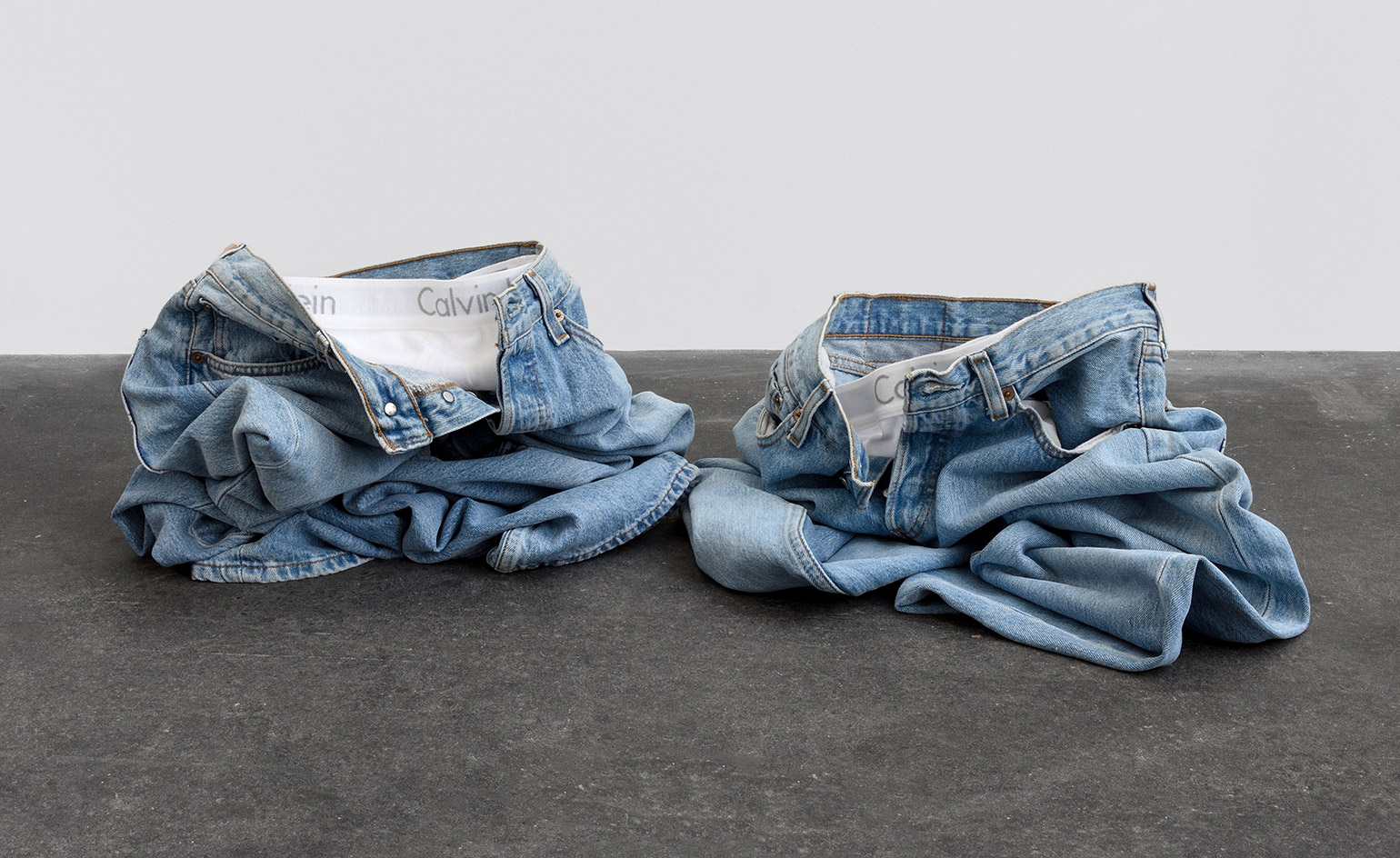
Powerless Structures, Fig. 19, 1998, by Elmgreen & Dragset. Courtesy of the artists
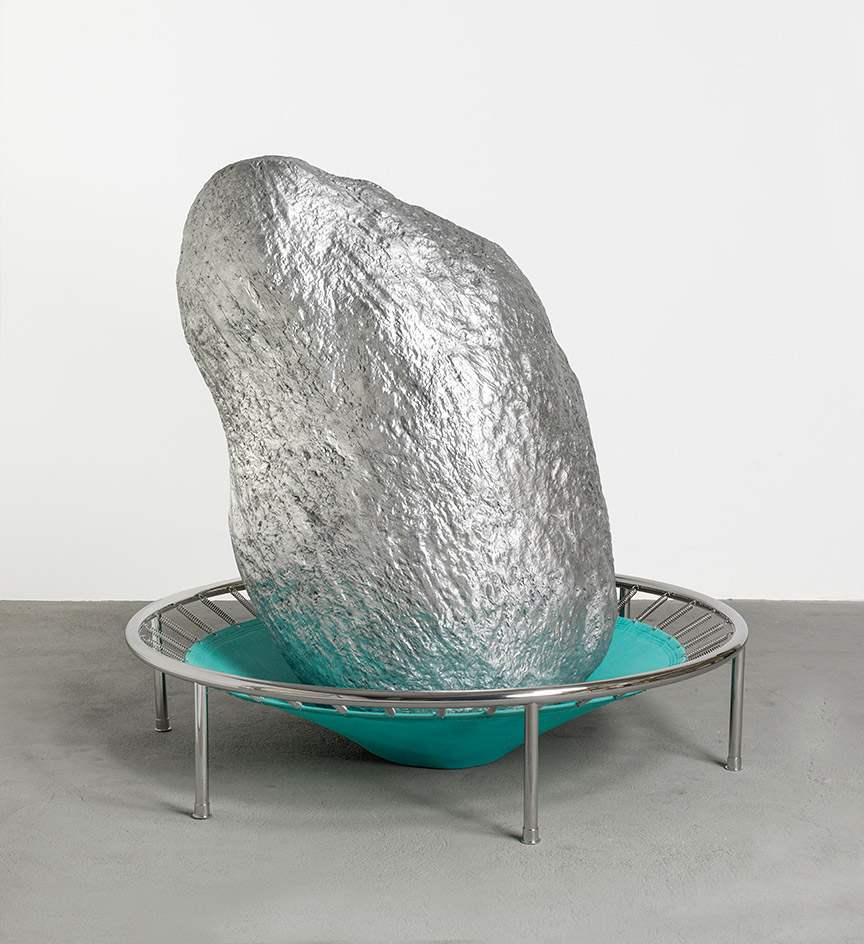
Too Heavy, 2017, by Elmgreen & Dragset. Courtesy of König Gallery
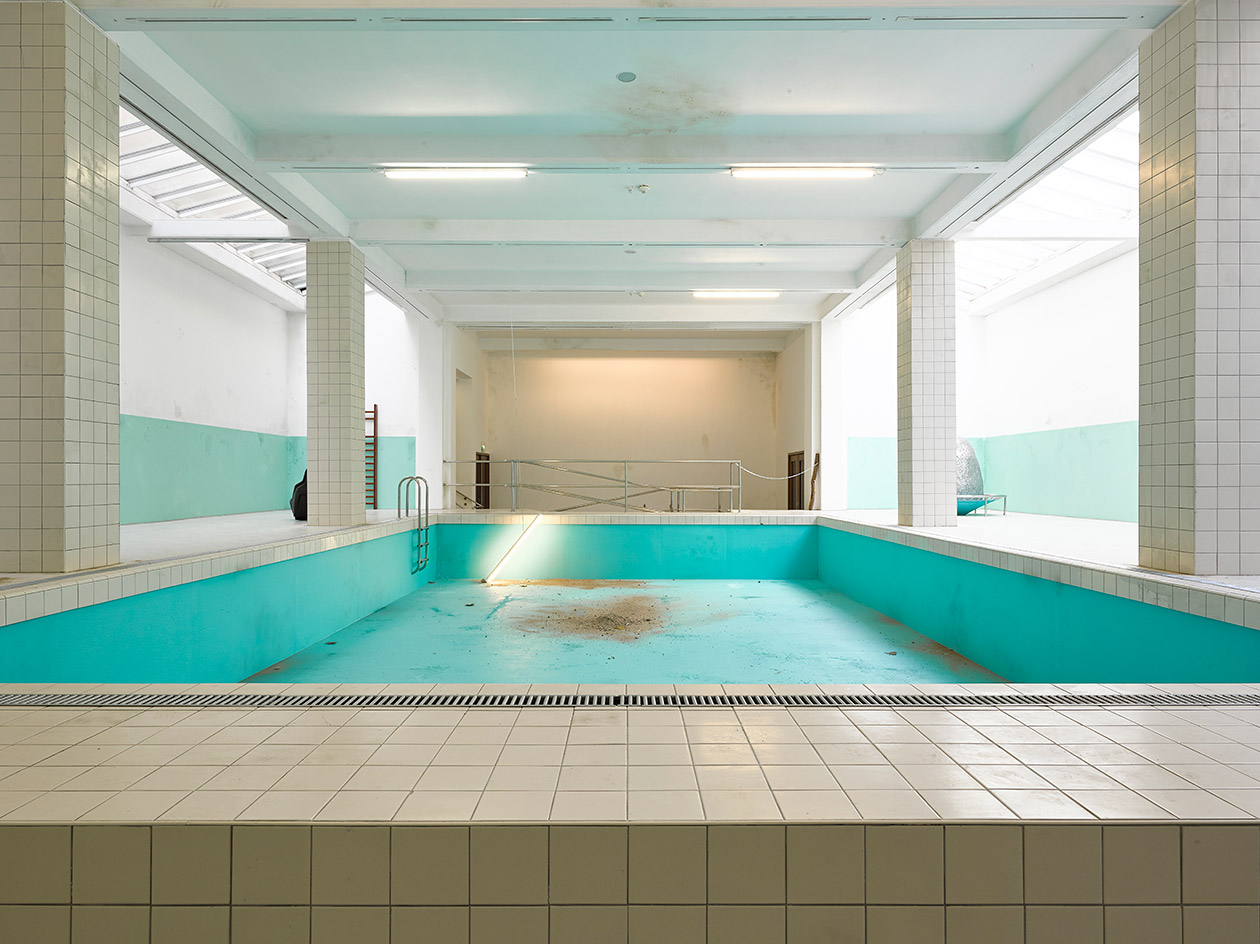
The Whitechapel Pool, 2018, by Elmgreen & Dragset. Courtesy of Whitechapel Gallery
INFORMATION
‘This Is How We Bite Our Tongue’ is on view until 13 January 2019. For more information, visit the Whitechapel Gallery website
ADDRESS
Whitechapel Gallery
77-82 Whitechapel High Street
London E1 7QX
Receive our daily digest of inspiration, escapism and design stories from around the world direct to your inbox.
-
 High in the Giant Mountains, this new chalet by edit! architects is perfect for snowy sojourns
High in the Giant Mountains, this new chalet by edit! architects is perfect for snowy sojournsIn the Czech Republic, Na Kukačkách is an elegant upgrade of the region's traditional chalet typology
-
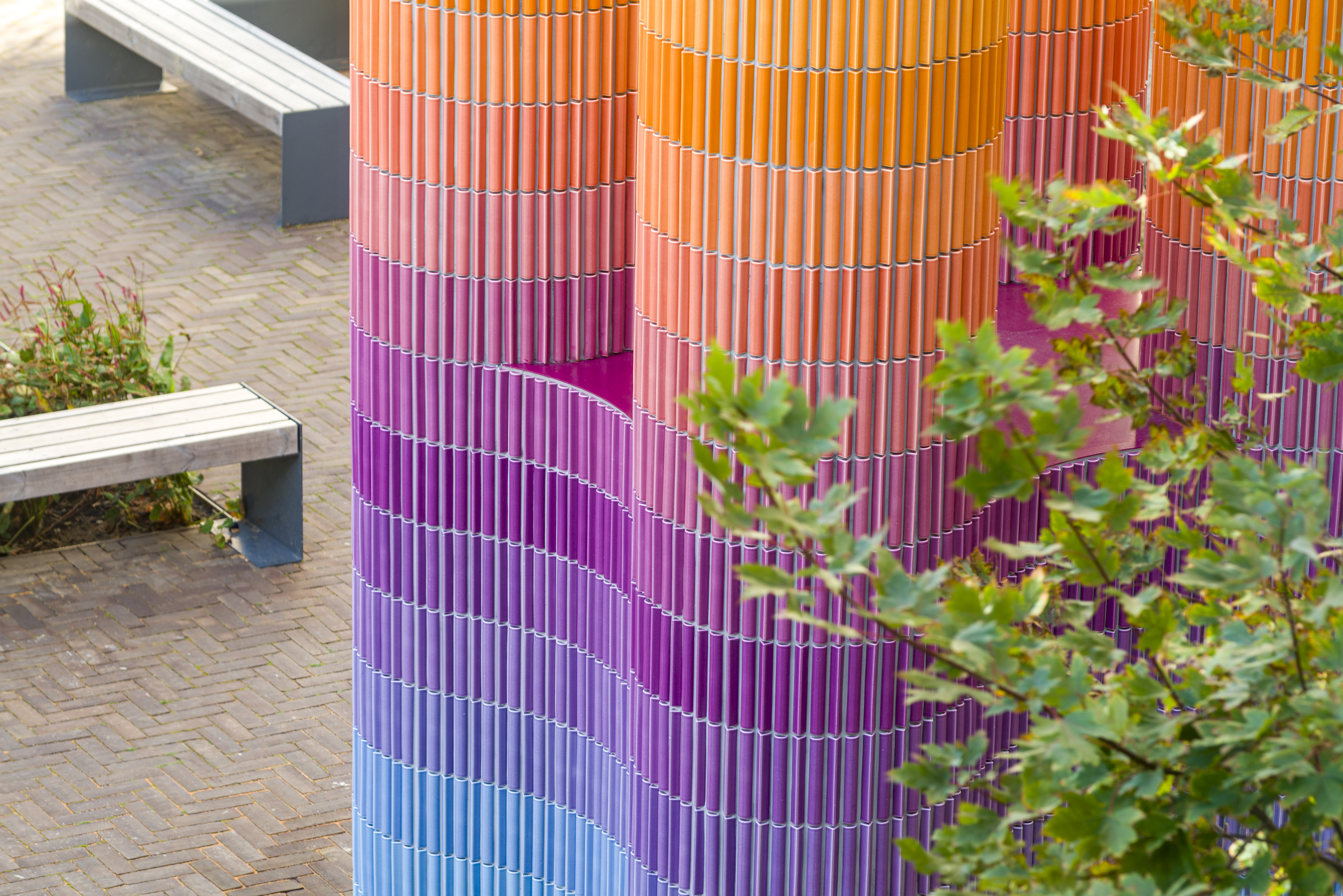 'It offers us an escape, a route out of our own heads' – Adam Nathaniel Furman on public art
'It offers us an escape, a route out of our own heads' – Adam Nathaniel Furman on public artWe talk to Adam Nathaniel Furman on art in the public realm – and the important role of vibrancy, colour and the power of permanence in our urban environment
-
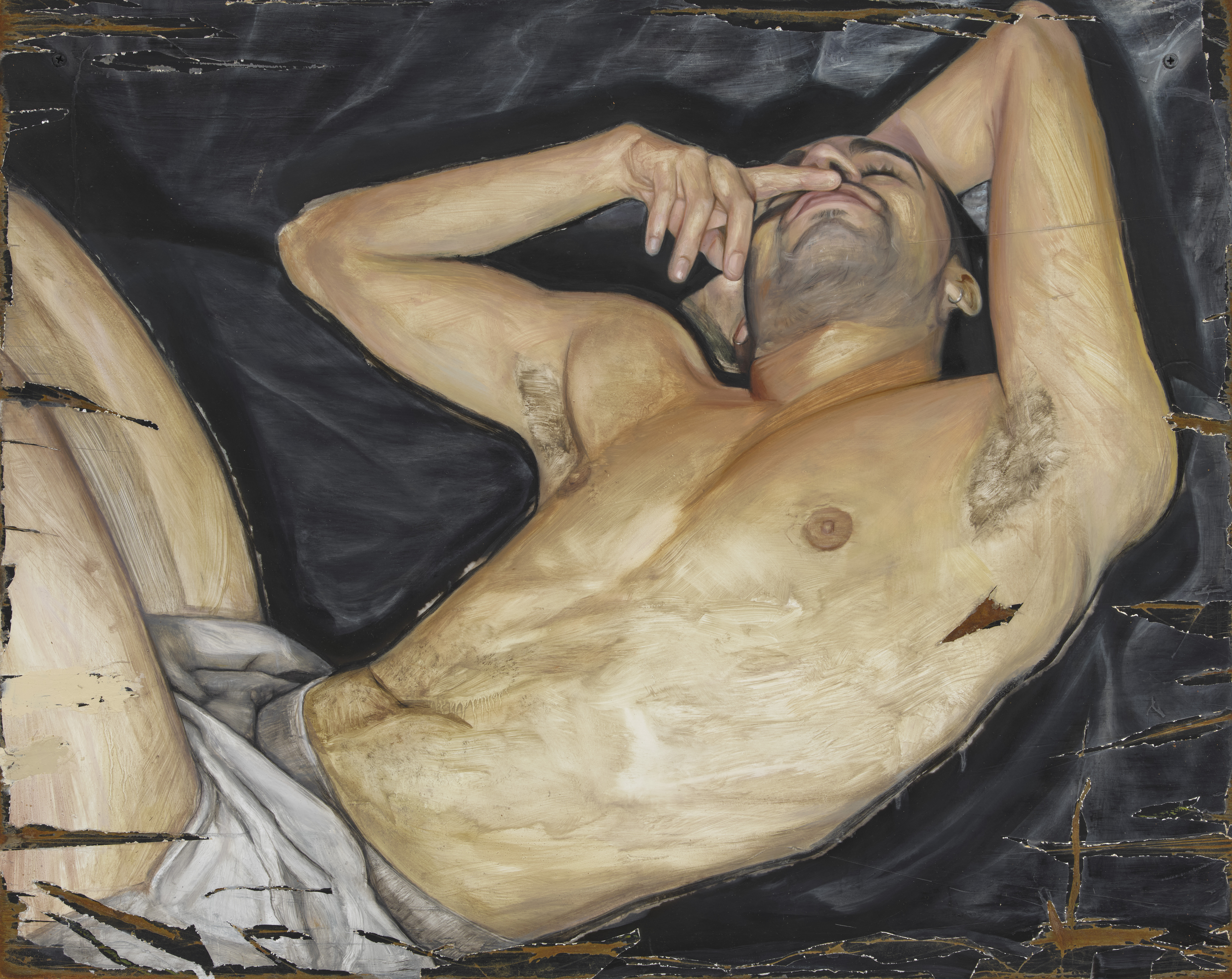 'I have always been interested in debasement as purification': Sam Lipp dissects the body in London
'I have always been interested in debasement as purification': Sam Lipp dissects the body in LondonSam Lipp rethinks traditional portraiture in 'Base', a new show at Soft Opening gallery, London
-
 'I have always been interested in debasement as purification': Sam Lipp dissects the body in London
'I have always been interested in debasement as purification': Sam Lipp dissects the body in LondonSam Lipp rethinks traditional portraiture in 'Base', a new show at Soft Opening gallery, London
-
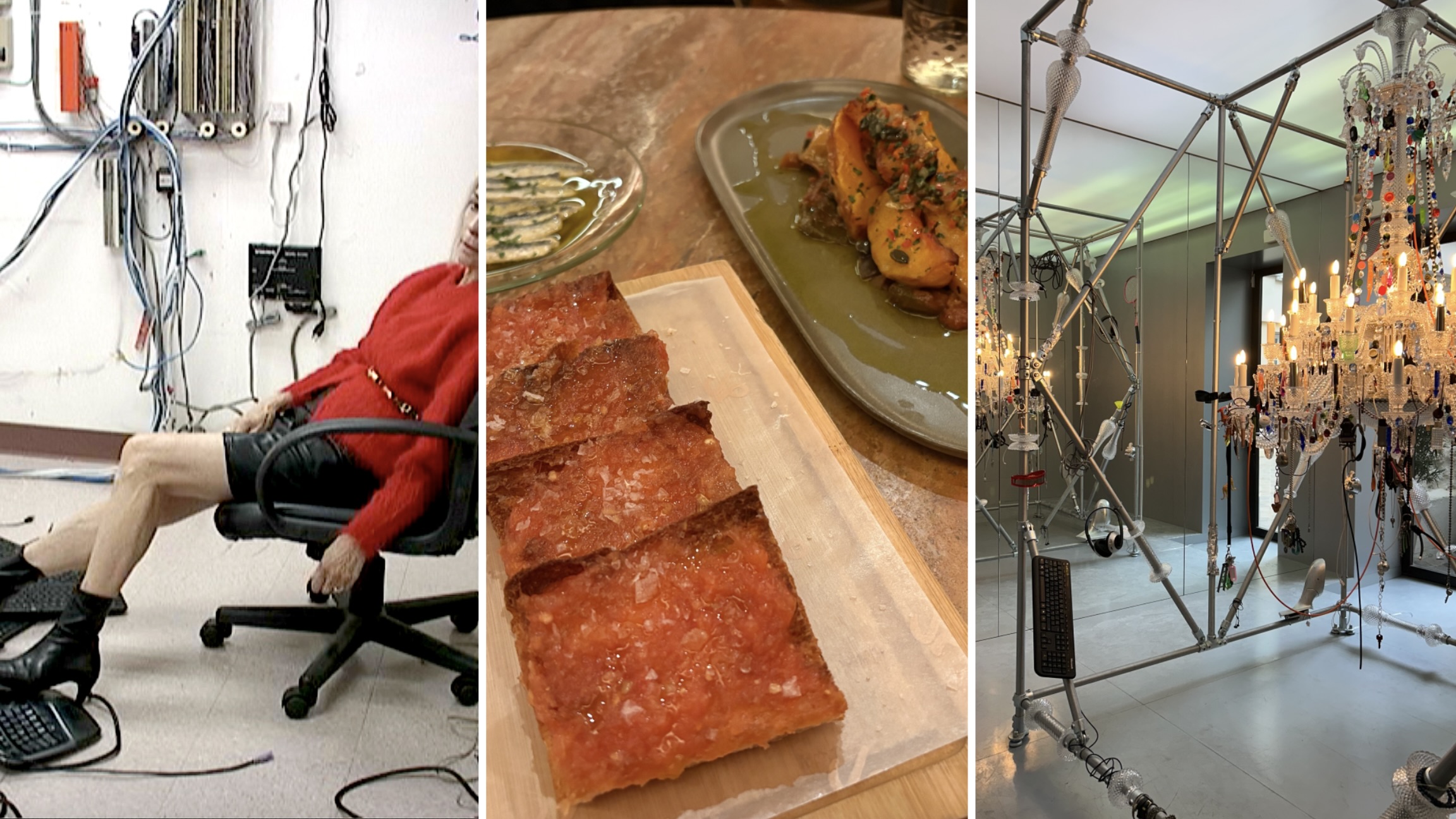 Out of office: The Wallpaper* editors’ picks of the week
Out of office: The Wallpaper* editors’ picks of the weekThis week, the design year got underway with Paris’ interiors and furniture fair. Elsewhere, the Wallpaper* editors marked the start of 2026 with good food and better music
-
 What do creatives pin to their walls? Artists from Tracey Emin to Michael Stipe reveal all
What do creatives pin to their walls? Artists from Tracey Emin to Michael Stipe reveal allAn exhibition at Incubator gallery, London, asks 45 creatives what is tacked to their studio walls – here are some of their pin-ups
-
 Wallpaper* Design Awards: meet Klára Hosnedlová, art’s Best Dreamscaper
Wallpaper* Design Awards: meet Klára Hosnedlová, art’s Best DreamscaperThe immersive worlds that the Czech artist creates make her a worthy Wallpaper* Design Award 2026 winner; she speaks to us ahead of her first show at White Cube, London
-
 Out of office: The Wallpaper* editors’ picks of the week
Out of office: The Wallpaper* editors’ picks of the week'Tis the season for eating and drinking, and the Wallpaper* team embraced it wholeheartedly this week. Elsewhere: the best spot in Milan for clothing repairs and outdoor swimming in December
-
 Out of office: The Wallpaper* editors’ picks of the week
Out of office: The Wallpaper* editors’ picks of the weekFar from slowing down for the festive season, the Wallpaper* team is in full swing, hopping from events to openings this week. Sometimes work can feel like play – and we also had time for some festive cocktails and cinematic releases
-
 The Barbican is undergoing a huge revamp. Here’s what we know
The Barbican is undergoing a huge revamp. Here’s what we knowThe Barbican Centre is set to close in June 2028 for a year as part of a huge restoration plan to future-proof the brutalist Grade II-listed site
-
 Out of office: The Wallpaper* editors’ picks of the week
Out of office: The Wallpaper* editors’ picks of the weekIt’s wet, windy and wintry and, this week, the Wallpaper* team craved moments of escape. We found it in memories of the Mediterranean, flavours of Mexico, and immersions in the worlds of music and art